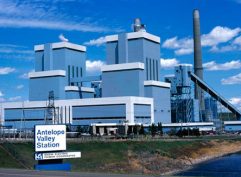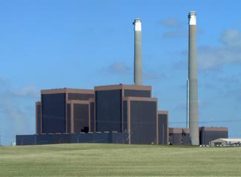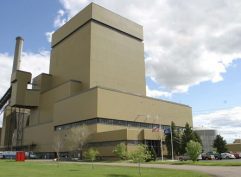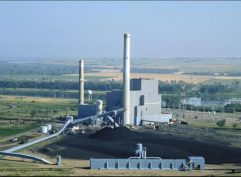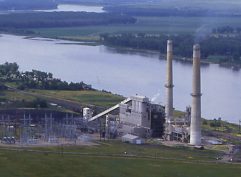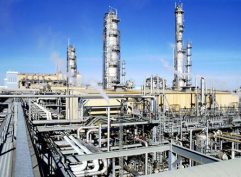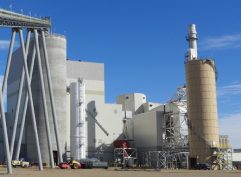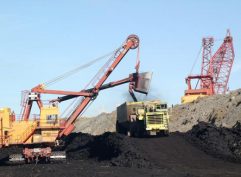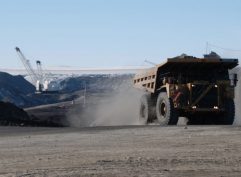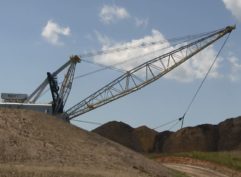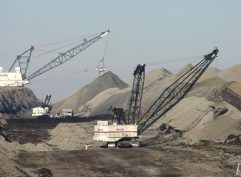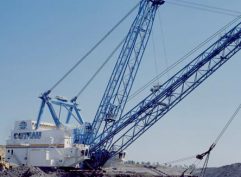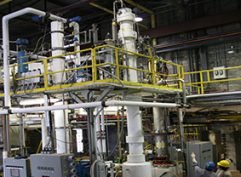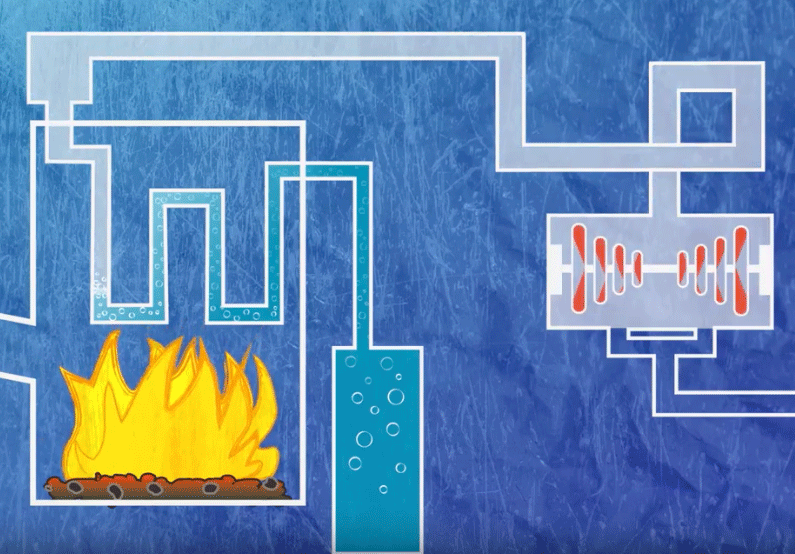Does CO2 produce a greener crude oil?
Ways to reduce carbon dioxide (CO2) from coal-based plants is one of the driving forces behind the Plains CO2 Reduction (PCOR) Partnership Program, which is led by the Energy & Environmental Research Center (EERC) in Grand Forks, North Dakota. In 2016, the EERC published a study titled “How Green is my Oil?”, which summarized the results of a detailed life cycle analysis of greenhouse gas (GHG) emissions associated with CO2 enhanced oil recovery (EOR) where the CO2 is sourced from a coal-based power plant.
The 2016 study investigated the life cycle of CO2 from the mining process, through the energy conversion, and finally to the CO2 being compressed and injected into oil fields to extract more oil. Once in the oil reservoir, the CO2, as the study says, “mixes with the oil to swell it and reduce the oil viscosity, making it lighter and detaching it from the rock surfaces.”
But does the oil that’s extracted using CO2 for enhanced oil recovery reduce the overall CO2 footprint after accounting for other processes, such as mining, making electricity and producing oil? The 2016 study answers that question with a resounding “yes,” although actual amounts will differ for a variety of reasons including geology, pressures, and transportation distances, to name a few.
The study concludes that the EOR process helps mitigate GHG emissions because the CO2 is injected into geologic formations is being permanently stored rather than being released to the atmosphere. Thus, CO2 EOR stores a significant amount CO2, roughly one-half ton per barrel of oil produced.
In fact, that exact scenario has been playing out in the Weyburn, Saskatchewan, oil fields since the year 2000 with CO2 from the Great Plains Synfuels Plant near Beulah, North Dakota.
Mike Holmes, vice president of the Lignite Energy Council, said that it makes sense to use anthropogenic CO2 for EOR for a number of reasons including:
- The wells are already drilled and extracting more oil from the existing wells is an efficient use of resources.
- The world is going to continue to use a certain amount of oil for the foreseeable future and extracting the oil domestically reduces the national deficit and increases our nation’s energy security.
- Using the CO2 from existing power plants helps preserve baseload power sources that are essential to our power supply and provide the energy needed as the backbone to our economy.
“As the United States continues to look at ways to reduce CO2 emissions, we should remember this study by the PCOR Partnership,” Holmes said. “While the study was completed three years ago, its findings are actually becoming more relevant today and also in the future. CO2 EOR, using captured CO2 from coal-based power plants is a way to enhance our energy independence while reducing our carbon footprint.”


